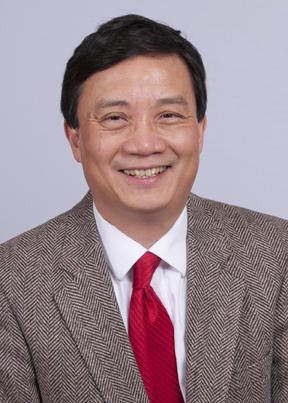Wu recognized by ASME for technical achievements in noise control
 The American Society of Mechanical Engineers announced that Sean Wu, Ph.D., distinguished professor of mechanical engineering at Wayne State University, will be recognized for his contributions to the fields of noise control and acoustics with the Per Bruel Gold Medal at the organization's upcoming exposition, to be held Nov. 9-15 in Pittsburgh.
The American Society of Mechanical Engineers announced that Sean Wu, Ph.D., distinguished professor of mechanical engineering at Wayne State University, will be recognized for his contributions to the fields of noise control and acoustics with the Per Bruel Gold Medal at the organization's upcoming exposition, to be held Nov. 9-15 in Pittsburgh.
ASME cites Wu for "significant contributions to applications of acoustical theory to noise control and development of computational models to predict sound radiation from finite flexible structures." Wu has written over 60 refereed journal articles, holds 13 U.S. and international patents, and published the textbook The Helmholtz Equation Least Squares Method for Acoustic Radiation and Reconstruction.
A renowned educator and entrepreneur, Wu has been a faculty member at Wayne State since 1988, and over the past two decades has mentored more than 40 Ph.D. and master's students. He was voted unanimously as the Charles DeVlieg Professor of Mechanical Engineering from 2002 to 2005, and has been re-appointed by the Wayne State Board of Governors to the rank of University Distinguished Professor every year since 2005. He is a fellow in the Acoustical Society of America and the American Society of Mechanical Engineers.
Wu developed technology that led to the creation of the startup SenSound, which offers software, systems and services for noise source identification and noise-related quality control testing in a large number of products used in daily life, such as automobiles, consumer appliances and industrial machinery. By creating a 3D image of sound in space and time, the source of noise in these products can be pinpointed with a high degree of resolution and accuracy.
His latest business venture is Signal-Wise LLC, which provides software packages for engineers in the manufacturing industry to diagnose noise sources, analyze source characteristics, and evaluate the effectiveness of noise and vibration mitigation strategies through design modifications.